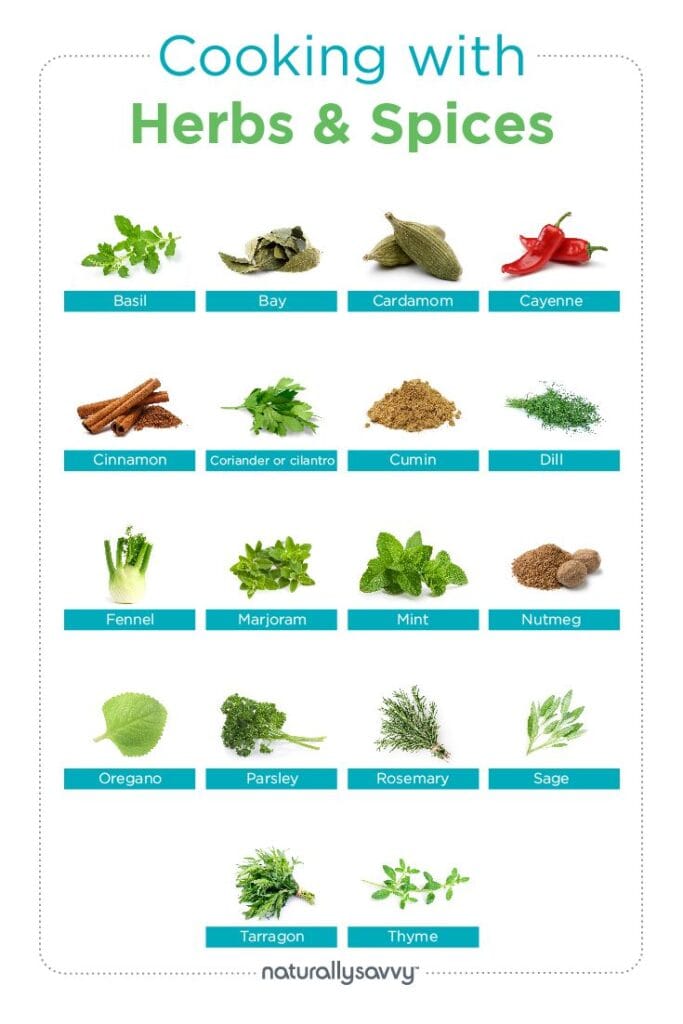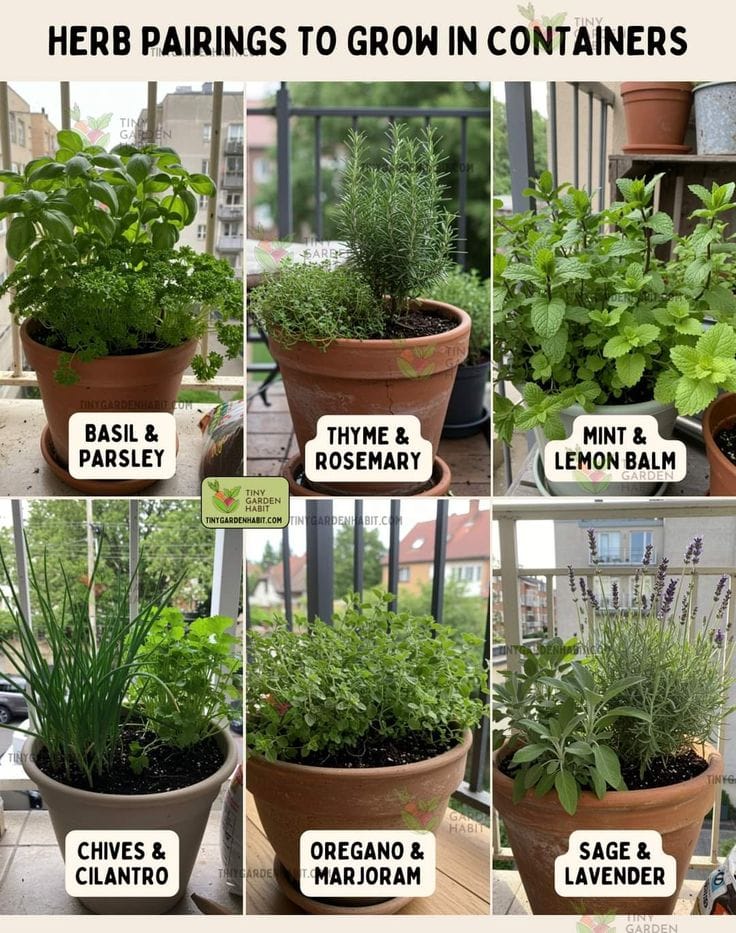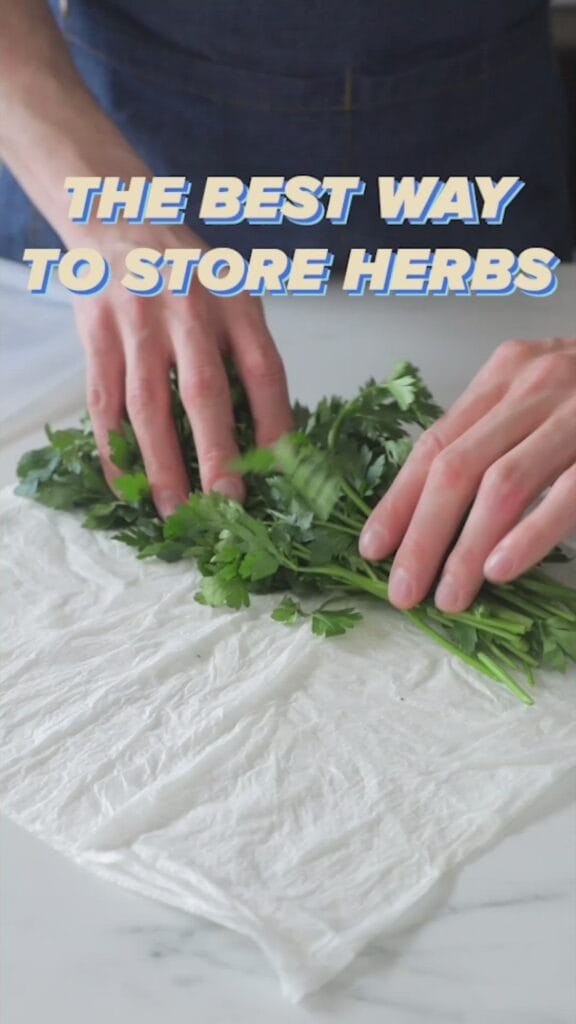Fresh herbs are a kitchen essential, whether you’re whipping up a vibrant salsa, a flavorful stew, or a health-boosting tea. But what happens when you buy a bunch of basil, parsley, or mint and use only a small portion? Without proper storage, herbs wilt, rot, or lose their potency within days. That’s where learning how to store herbs for a long shelf life becomes invaluable.
In this comprehensive guide, we’ll explore the best ways to store herbs, differentiate between soft and woody herbs, and teach you the secrets to preserving flavor, color, and nutrition. Let’s dive into the herb storage methods that work — and those you should avoid.
Why Proper Herb Storage Matters
Before learning how to store herbs correctly, it’s important to understand why herb preservation is crucial:
- Maximize Shelf Life: Proper storage can extend herb freshness from a few days to several weeks.
- Reduce Food Waste: Avoid tossing out unused herbs by keeping them fresh longer.
- Maintain Nutritional Value: Herbs like parsley and cilantro are rich in antioxidants and vitamins — these degrade quickly without proper storage.
- Preserve Flavor and Aroma: Herbs are essential for flavor; improper storage means dull, bland meals.
Understanding the Two Types of Herbs
To master the art of herb storage, first distinguish between the two main categories of herbs:
1. Tender Herbs (Soft Herbs)
These have delicate stems and leaves and are usually used fresh.
Examples:
- Basil
- Cilantro
- Parsley
- Mint
- Dill
- Tarragon

2. Woody Herbs (Hard Herbs)
These herbs have tougher, woodier stems and are often more resilient.
Examples:
- Rosemary
- Thyme
- Oregano
- Sage
- Marjoram
Each type of herb benefits from different storage techniques. Let’s explore how to store each effectively.

How to Store Tender Herbs for Long Shelf Life
1. The Jar-in-the-Fridge Method
This is one of the most effective methods to store herbs like parsley, cilantro, and dill.
Steps:
- Trim the ends of the herb stems.
- Place the herbs in a glass jar filled with an inch or two of water (like a bouquet).
- Cover the top loosely with a plastic bag.
- Store in the fridge (except basil – see below).
Shelf Life: Up to 2-3 weeks
Best for: Parsley, Cilantro, Dill, Tarragon
2. Paper Towel Method
This technique works well for storing herbs short-term with minimal effort.
Steps:
- Lay herbs on a damp (not wet) paper towel.
- Roll the herbs gently inside the towel.
- Place inside a resealable plastic bag or airtight container.
- Store in the refrigerator.
Shelf Life: 5–10 days
Best for: Mint, Tarragon, Dill
3. How to Store Basil
Basil is unique — it should not be refrigerated.
Best Method:
- Trim stems and place basil in a glass of water at room temperature.
- Keep away from direct sunlight.
- Change the water every two days.
Shelf Life: 5–7 days
Pro Tip: Cover loosely with a plastic bag to retain humidity.
How to Store Woody Herbs for Long Shelf Life
Woody herbs are much easier to preserve.
1. Refrigerator Storage with Damp Towel
Steps:
- Wrap herbs like thyme or rosemary in a slightly damp paper towel.
- Place in an airtight bag or container.
- Store in the fridge.
Shelf Life: 2–3 weeks
Best for: Rosemary, Thyme, Sage
2. Freezing Woody Herbs
Freezing is ideal when you want to preserve woody herbs for months.
Steps:
- Remove leaves from the stems.
- Spread on a tray and freeze for 30 minutes.
- Transfer to an airtight container or freezer-safe bag.
Shelf Life: 4–6 months
Tip: Label your containers with the date.
How to Freeze Fresh Herbs (All Types)
Freezing herbs is an excellent method for long-term storage while preserving nutrients and flavor.
1. Freezing in Olive Oil or Water (Ice Cube Method)
Steps:
- Chop fresh herbs.
- Fill ice cube trays with chopped herbs.
- Cover with olive oil or water.
- Freeze until solid, then transfer cubes to a freezer-safe bag.
Best for: Basil, Oregano, Parsley, Cilantro, Rosemary
Use in: Soups, stews, sauces, sautés
2. Vacuum Sealing for Maximum Freshness
Using a vacuum sealer removes air, which helps preserve herbs longer in the freezer.
Benefits:
- Prevents freezer burn
- Maintains aroma
- Saves space
How to Dry Herbs for Long Shelf Life
Drying herbs is one of the oldest and most effective preservation methods.
1. Air-Drying Herbs
Steps:
- Gather herbs into small bundles and tie with string.
- Hang upside down in a dark, dry, and well-ventilated area.
- Wait 7–10 days until fully dry.
- Store in airtight containers away from sunlight.
Best for: Oregano, Thyme, Rosemary, Sage
2. Using a Dehydrator
Faster and more controlled than air-drying.
Steps:
- Place herbs in a single layer on dehydrator trays.
- Set to 95–115°F (35–46°C).
- Dry for 1–4 hours depending on herb type.
Pro Tip: Store in glass jars with tight lids and label with name and date.
3. Oven Drying
If you don’t have a dehydrator, your oven works too.
Steps:
- Place herbs on a baking sheet.
- Set oven to lowest temperature (around 170°F or 75°C).
- Keep oven door slightly open.
- Check every 30 minutes.
Storing Dried Herbs for Maximum Longevity
Even after drying, how you store herbs makes a big difference.
Best Practices:
- Use airtight glass jars — not plastic.
- Store in a cool, dark place — light and heat degrade oils and aroma.
- Label with date and name — even dried herbs lose potency over time.
Shelf Life: 6–12 months
Pro Tip: Crush dried herbs just before use to release oils and intensify flavor.
Common Mistakes to Avoid When Storing Herbs
- Refrigerating Basil – Basil turns black and mushy in cold temperatures.
- Storing Wet Herbs – Excess moisture accelerates spoilage.
- Sealing Without Air Circulation – Some herbs need breathability to stay fresh.
- Forgetting to Trim Stems – Trimming promotes water uptake and freshness.
- Using Plastic Bags Alone – Without protection, herbs wilt quickly.
Best Containers for Herb Storage
- Mason jars – Great for water storage and dried herbs.
- Glass spice jars with tight lids – Perfect for dried herbs.
- Vacuum seal bags – Best for freezer storage.
- Ice cube trays – Excellent for freezing herbs in oil or water.
Conclusion: Make Your Herbs Last with Smart Storage
Knowing how to store herbs for a long shelf life is a game-changer for anyone who cooks at home. Whether you’re freezing basil in olive oil, air-drying rosemary, or keeping cilantro perky in a jar, each method helps reduce waste, save money, and preserve the vibrant flavors herbs bring to your dishes.
By using the right techniques for soft and woody herbs, and avoiding common mistakes, you can enjoy fresh or preserved herbs anytime — no more wilted parsley in the bottom of your fridge drawer.


One thought on “Avoid These Costly Mistakes: How to Store Herbs for a Long Shelf Life 100%”